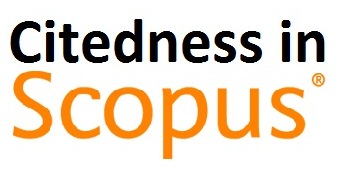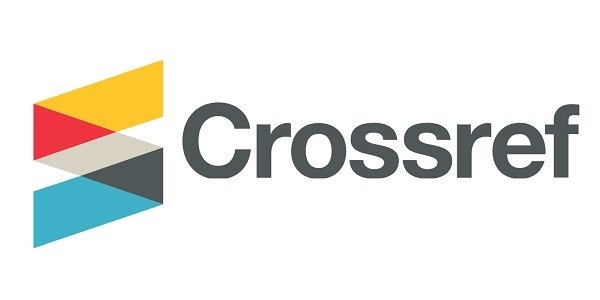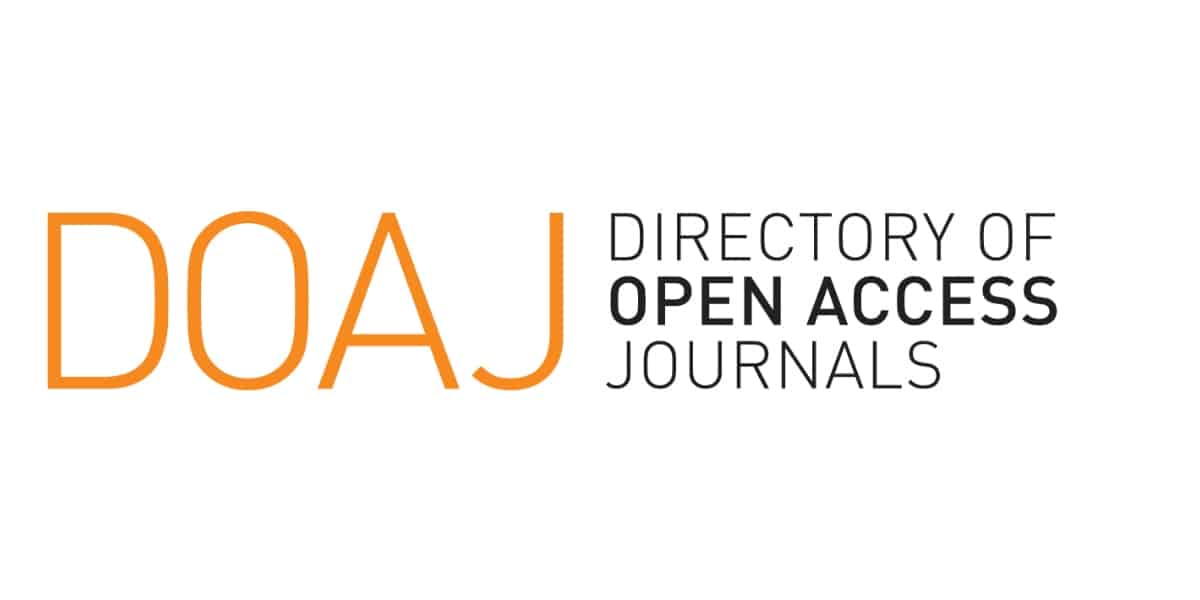ANALISIS MODEL REGRESI SEDIMEN KOLAM LELE, SUKROSA, DAN BIOFERTILIZER TERHADAP PROSES NITRIFIKASI
Abstract
Response Surface Methodology (RSM) was used to create regression model for sediment of catfish ponds, sucroses, and biofertilizers on the nitrification process. The sediment of catfish pond used was sediment collected from catfish farm at age of 21 days after seed stocking. The nitrification process was done in active sludge reactor of 1 L reactor working capacity which was entirely given ammonia in the form of NH3-N as much as 77.65 ppm. Central Composite Design (CCD) was used to determine the amount of sediment, sucrose, and biofertilizer. The ammonia nitrification process was carried out over a period of 21 days. The three main parameters, including rate of ammonia oxidation (NH3-N), nitrite accumulation (NO2-N), and nitrate accumulation (NO3-N). From this research, it was known that 74 g/L sediments of catfish ponds, 6.6 g/L sucrose 7.5 mL/L biofertilizer were required to obtain maximum ammonia oxidation rate. The result of the verification experiment obtained was 99.85%. In this research, two isolates of bacteria were isolated. Biochemical test using kit of VITEK GN+ (bioMerieux) indicated that the isolated bacteria were belong to the species of Sphingobacterium thalpophilum (probability = 99%) and Cupriavidus pauculus (probabililty = 98%).
Keywords: ammonia, central composite design (CCD), nitrifying bacteria, Response Surface Methodology (RSM)

_page-00013.jpg)







_(1).png)

